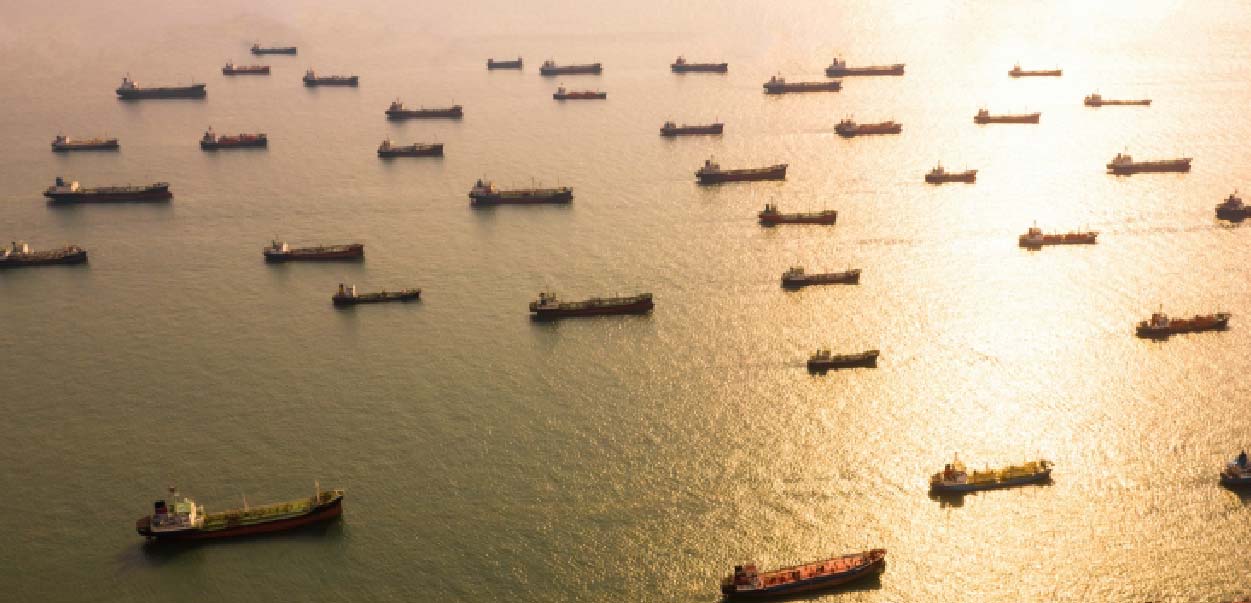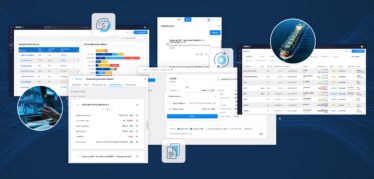Reducing impact on the environment is a concern for maritime shipping companies around the world, and with growing regulatory requirements and consumer pressure, meeting emissions targets remains a high priority. To accomplish this, the industry must come together to work smarter, not harder.
As we discussed in a previous post, prioritizing operational efficiency is an important strategy for driving both the sustainability and profitability of today’s fleets. Advanced cloud-based digital tools can take vessel and bunker optimization to the next level by providing Operators with visibility into the performance of each vessel and the CO2 impact of each voyage so they can adjust for the most sustainable option.
For maritime organizations to take advantage of such sustainability-driven capabilities as the industry evolves, their core commercial freight and fleet management solution must be open and integrated in order to form connections that enable seamless data flow across systems.
Let’s explore the importance of collaboration and integration in driving the digital decarbonization of shipping, as well as how maritime organizations can leverage powerful vessel optimization tools to drive their sustainability and profitability.
Optimizing for Sustainability
When selecting a voyage route, Vessel Owners and Operators are faced with a challenging decision matrix to balance bunker consumption in regard to both price and overall impact to the environment. They must account for upcoming weather, fuel costs at the next port of call, their warranted speed, and more. To transform this myriad of data into actionable insights that increase profitability, reduce CO2 emissions, and improve the overall sustainability of their fleets, Owner-Operators need a dedicated tool for vessel and bunker optimization, fed by up-to-date operational data.
With this insight, operations teams can understand what optimal performance is for each vessel as well as the dollar impact and CO2 emissions from each voyage. As weather develops, market rates change, or a vessel is no longer sailing optimally, the right solution will notify Operators about actions they can take to improve both earnings and environmental impact. By combining environmental transparency with profitability, maritime organizations can create positive change for their business and the environment.
Integrating Systems & Enhancing Collaboration
Integrating siloed data sources and tools that enable vessel optimization with a core operational system allows maritime organizations to not only enhance their operational efficiency, but also maintain the flexibility to incorporate new and innovative sustainability capabilities as they become available. This connection enables seamless data flow, eliminates manual data entry, breaks down communication barriers, and empowers maritime leaders to accurately track, manage, and report on their CO2 emissions.
Decarbonizing Shipping, Together
We at Veson Nautical are committed to using the power of digitalization and integration to drive the decarbonization of the shipping industry and its future sustainability. It is for this reason that we have developed a strategic integration partnership with ZeroNorth, which enables users of the Veson IMOS Platform (VIP) to seamlessly leverage ZeroNorth’s vessel optimization software, Optimise, to unlock greater vessel performance and optimal bunker spend.
By breaking down data silos and generating tangible commercial and environmental benefits through digitalization, users from across the sector can seamlessly and securely realize actionable insights from their data. Learn more about the VIP-Optimise integration below.



 Jesse Dilanni
Jesse Dilanni
 Russ Hubbard
Russ Hubbard
 Josh Luby
Josh Luby